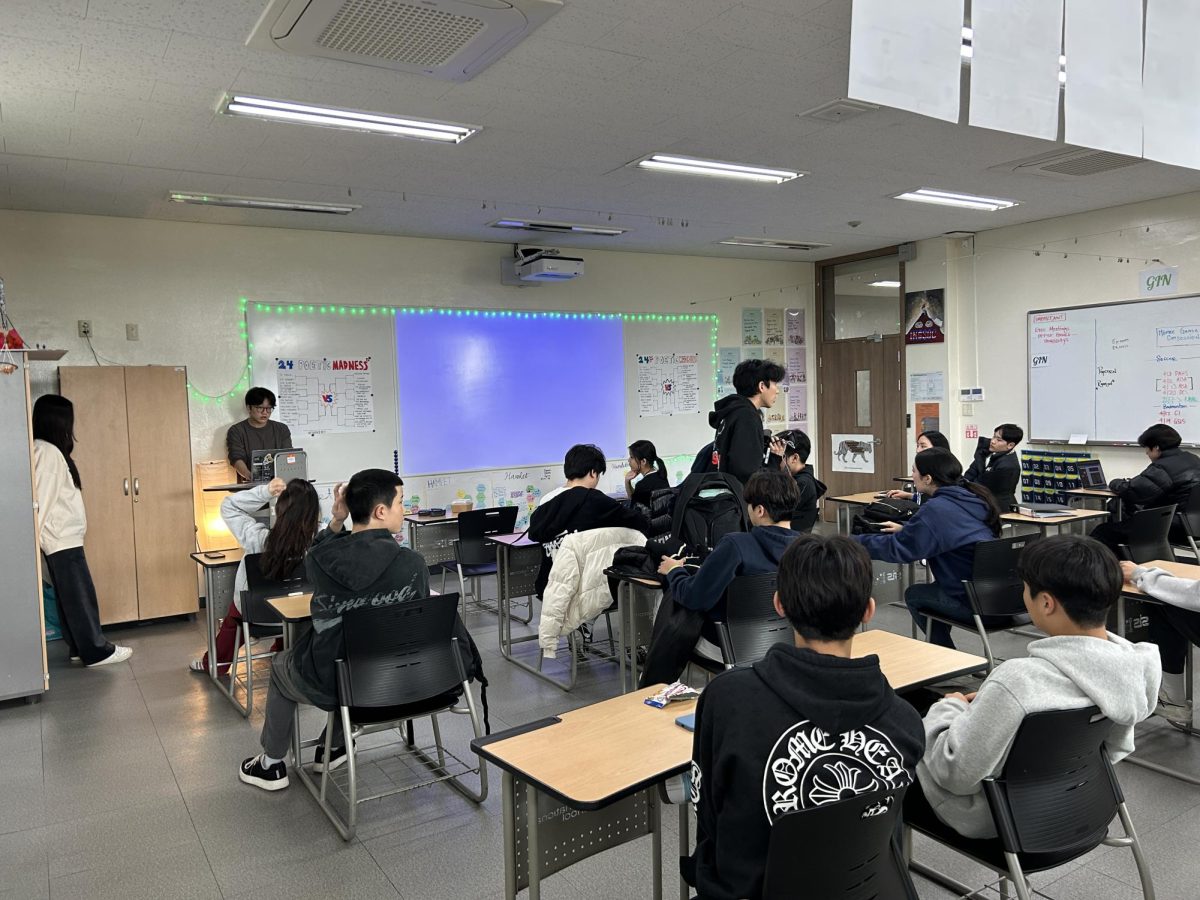On Mar. 18, the high school office presented a new club executive selection process. An email sent out by Mr. Del Vecchio, Vice Principal of the high school, details the new changes for all clubs. These modifications include an attempt to implement new Community Service club rules and improve certain issues that both the student body and the high school office observed in the executive selection process last year. While the results of the changes are yet to be seen, the policy shifts are commendable attempts to improve the selection process, such as ensuring objectivity and creating a standardized system.
Student input was one factor that made such changes successful. The high school office hosted several meetings during the activity period, allowing various club executives to voice their opinions. This system allowed the following changes to be representative of not only the perspective of advisors but also those of student executives.
The key changes made to the executive selection process aim to expand the role of the advisors as final decision-makers. Before this change, advisors played different roles in the executive selection process for various clubs. For instance, certain clubs may have allowed the advisors to choose the final list of executives whereas others delegated that power to the executives.
However, this discrepancy among SIS clubs has become more problematic. First, students can feel confused due to the drastically different standards in their clubs. Second, when the advisor plays little to no role in this selection process, these choices become susceptible to bias. Over the years, concerns have arisen about whether or not the previous executive team can be fully objective.
Student executives can potentially have more predisposed opinions about other students, which can lead to bias in the selections. Simultaneously, the opposite can be true; due to reasons like pre-established personal connections, executives may feel hospitable to some without a reason about their capabilities as leaders.
Additionally, this system mandates that clubs make an “Advisor Guide” and “Executive Selection Priorities,” which are club-specific documents that allow greater transparency and understanding of each club. The “Advisor Guide” allows advisors to understand the planning and day-to-day of the club, while the “Executive Selection Priorities” is a list of ordered values to evaluate when choosing future officers.
Although the role of the advisor has become bigger for clubs that may have followed a different format, this new system still allows for student input. As an advisor alone can not oversee every part of the club, there will be an executive committee, composed of six or fewer chosen individuals who are not running for a position. Accordingly, this system creates a process with less vulnerability to nepotism while still incorporating student opinions.
The community club changes are also very meaningful. Moving forward, for international community service clubs, every executive must be present on the trip while for the domestic clubs, every executive must be 80 percent present on all trips.
Furthermore, there will be a new Community Service Council, which will promote various events and facilitate communication. For this year, the president of each club will serve on this committee. Moving forward, each club will appoint a non-senior for the full year. This policy encourages cooperation between different community service clubs, which can result in active collaboration amongst clubs, creating more opportunities for members to understand and interact with other clubs.
Although the new policies alter the number of freedom clubs and student executives, they can provide a more standardized system that eliminates bias and club-based differences. Also, this new system would provide community service club members with more flexibility with what international trips they go to.

